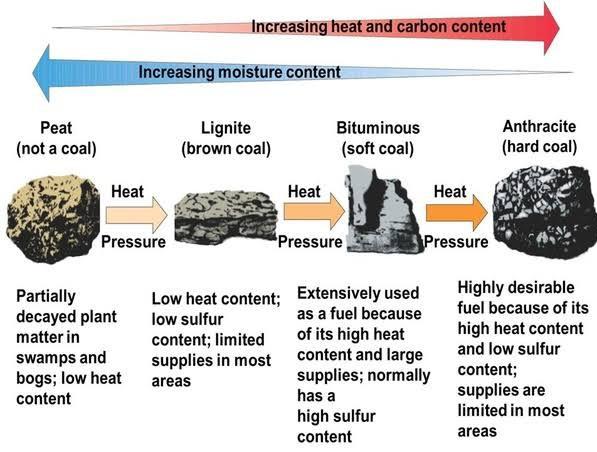Time management is very much important in IIT JAM. The eduncle test series for IIT JAM Mathematical Statistics helped me a lot in this portion. I am very thankful to the test series I bought from eduncle.
Nilanjan Bhowmick AIR 3, CSIR NET (Earth Science)Do You Want Better RANK in Your Exam?
Start Your Preparations with Eduncle’s FREE Study Material
- Updated Syllabus, Paper Pattern & Full Exam Details
- Sample Theory of Most Important Topic
- Model Test Paper with Detailed Solutions
- Last 5 Years Question Papers & Answers
Sign Up to Download FREE Study Material Worth Rs. 500/-










 >
>
 >
>









Rahul kumar![best-answer]()
Coals are broadly classified in two types: 1. Humic coal- Humic coal is a variety of coal with abundant woody materials. Humic coals have very high atomic O/C ratio and low atomic H/C ratio. Upon maturation, humic coals give rise to gases like carbon dioxide (CO2). Sapropelic coal: A variety of coal with abundant algal materials. Sapropelic coals have very high atomic H/C ratio and very low atomic O/C ratio. Upon maturation, sapropelic coals release gases like methane (CH4). On the basis of rank, coals are divided into four categories: 1. Anthracite- Highest rank coal with high amount of fixed carbon and low volatile content. Anthracite coals generally have shiny lusture and black colour. 2. Bituminous- Middle rank coal which are generally used in electricity generation. This type of coals are black in colour with shiny appearance. 3. Sub-bituminous- Coal rank which is higher than lignite and lower than bituminous. The colour of sub-bituminous coals are black with dull lusture. 4. Lignite- Lowest rank coal with high amount of woody fragments. These type of coals are brown in colour with dull appearance. The volatile contents in such coals are very high with low fixed carbon.